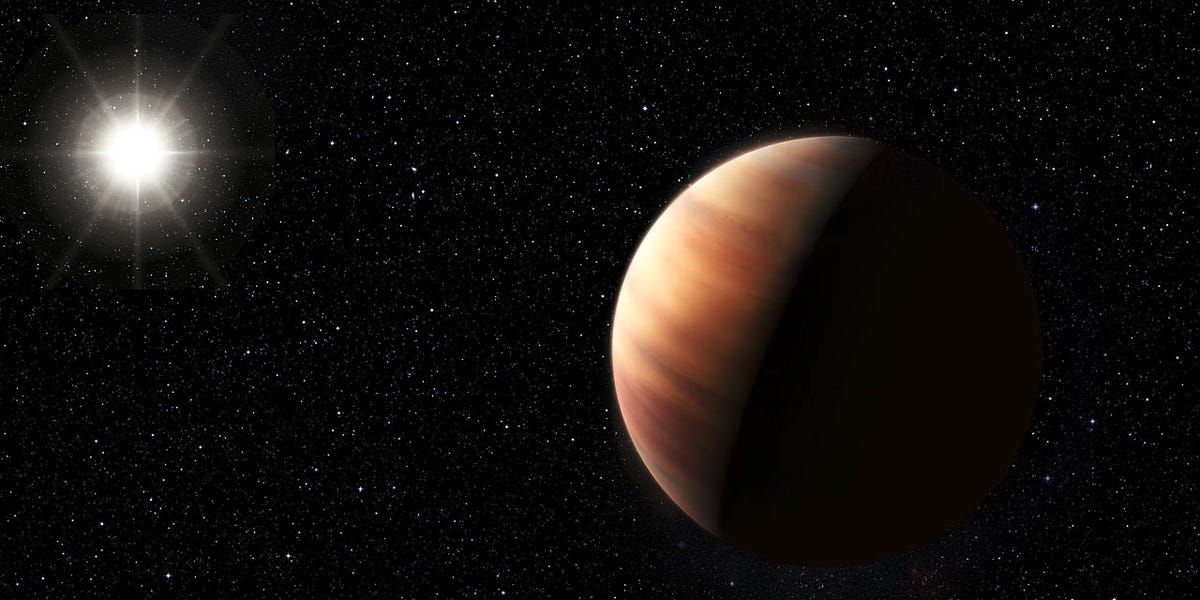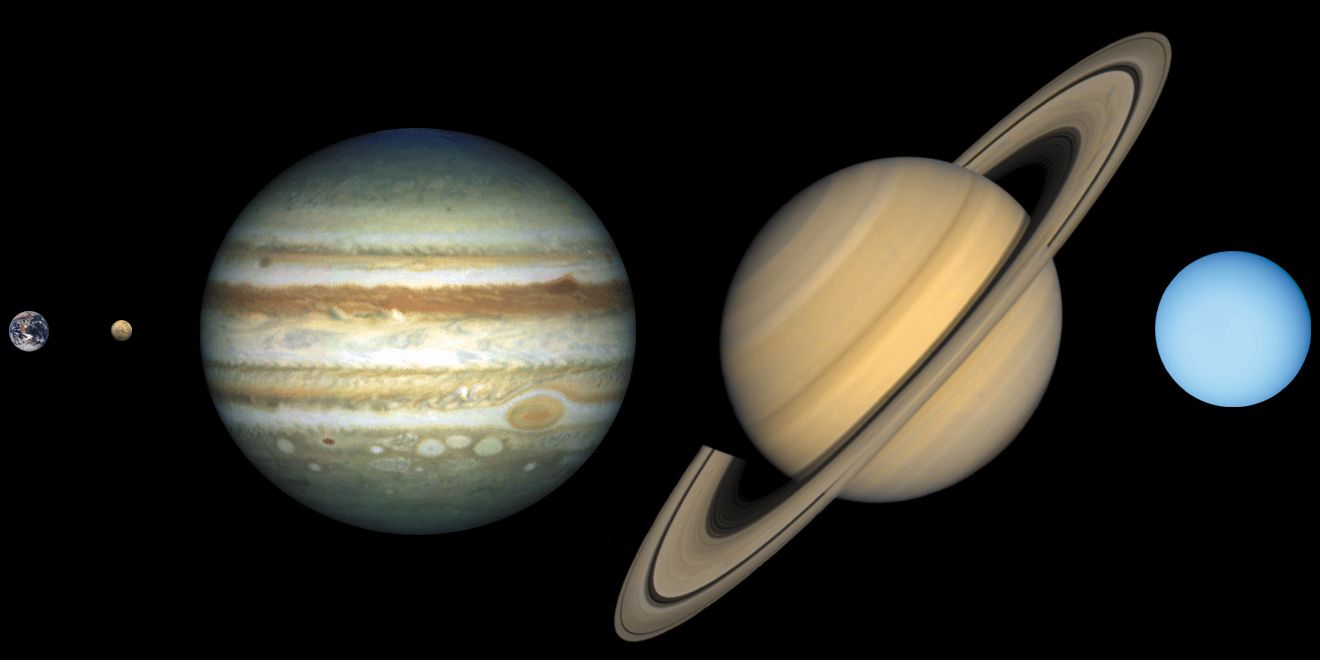
Jupiter stands out as one of the largest and most interesting planets in the Solar System, but is it bigger than the Sun? Although it may be a tiny speck compared to the rest of space, our Solar System is a fascinating place. It's home to the only known planet with life, has one large sun making said life possible, and is joined by seven other planets with their own unique properties.
One such planet is Jupiter. Jupiter is the fifth planet from the Sun and the largest planet in the entire Solar System. It has an incredible mass, is made mostly of hydrogen and helium, and is home to unfathomably large storms unlike anything here on Earth. It's not a planet humans will ever be able to visit any time soon, but that doesn't stop it from captivating scientists and astronomers eager to learn more about it.
It's no secret that Jupiter is a large planet, but is it so large that it's bigger than the Sun? The short answer is 'no' — Jupiter is not bigger than the Sun. Jupiter has a radius of 43,441 miles and is about 11x the size of Earth. The Sun, by comparison, has a 432,690-mile radius and is roughly 109x wider than Earth. Jupiter's certainly a big planet, but it comes nowhere close to the enormous scale of the Sun.

While it may lose the size battle when competing with the Sun, Jupiter comes out on top compared to all of the other planets in the Solar System. Saturn — the second largest planet — has a radius of 36,184 miles. Uranus and Neptune are the third and fourth largest planets, respectively, but they're considerably smaller with radii of 15,759 miles and 15,299 miles.
The size comparisons become even more impressive when looking at the smaller planets. Earth, the next largest planet, has a measly 3,959-mile radius. Not only is Jupiter's radius about 11x larger than Earth's, but it's also so big that you could fit over 1,300 Earths inside of Jupiter before running out of space. It's that big. Then there are the smallest planets in the Solar System. Venus has a radius of 3,760 miles, Mars has a 2,106-mile radius, and Mercury comes in at just 1,516 miles.
In short, Jupiter is downright massive. It may not be bigger than the Sun, but it absolutely dwarfs all of the other planets around it. It's huge, gassy, and incredibly dangerous to any kind of known life. Because of that, we'll have to sit back and keep admiring it from afar.
Source: NASA
from ScreenRant - Feed https://ift.tt/3EqN8uW


0 Comments